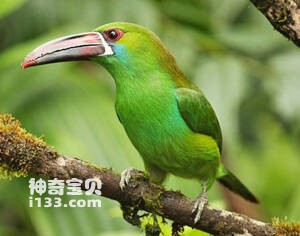
Aulacorhynchus haematopygus
Aulacorhynchus haematopygus,Crimson-rumped toucanet
Aulacorhynchus haematopygus, also known as Crimper-Rumped toucanet, has two ···
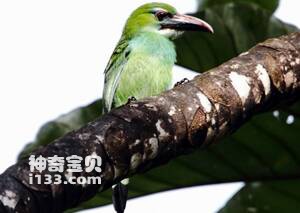
Aulacorhynchus whitelianus
Aulacorhynchus whitelianus,Tepui Toucanet
Aulacorhynchus whitelianus, also known as Tepui Toucanet, is unknown.Protect···
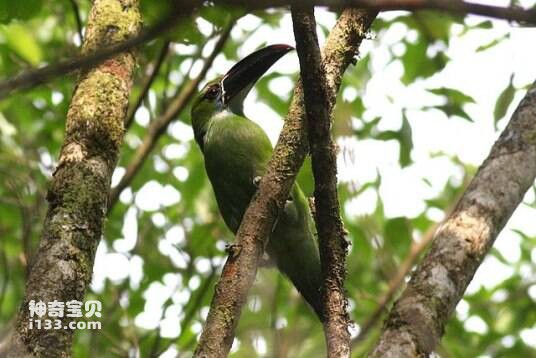
Aulacorhynchus derbianus
Aulacorhynchus derbianus,Chestnut-tipped toucanet
Aulacorhynchus derbianus (Chestnut tipped toucanet) is a medium-sized climbi···
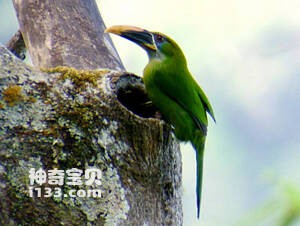
Aulacorhynchus sulcatus
Aulacorhynchus sulcatus,Groove-billed toucanet
Aulacorhynchus sulcatus, also known as Groove-billed toucanet, has three sub···
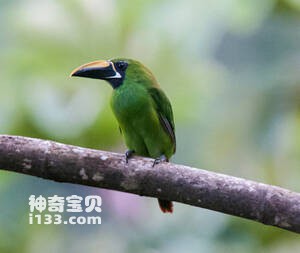
Aulacorhynchus atrogularis
Aulacorhynchus atrogularis,Black-throated toucanet
黑喉巨嘴鸟学名Aulacorhynchus atrogularis,外文名Black-throated toucanet,有3···
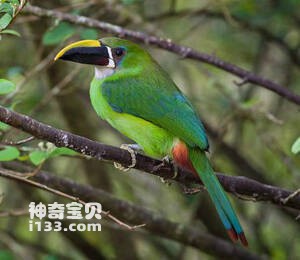
Aulacorhynchus albivitta
Aulacorhynchus albivitta,Southern Emerald-Toucanet
Aulacorhynchus albivitta, also known as Southern Emerald-Toucanet, has four ···
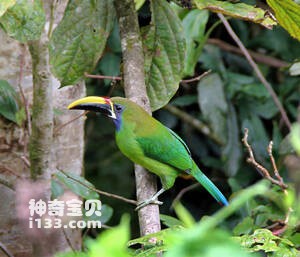
Aulacorhynchus caeruleogularis
Aulacorhynchus caeruleogularis,Blue-throated toucanet
Aulacorhynchus caeruleogularis, also known as Blue-throated toucanet, has tw···
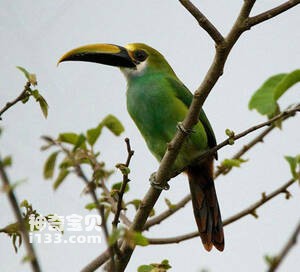
Aulacorhynchus wagleri
Aulacorhynchus wagleri,Wagler's toucanet
Aulacorhynchus wagleri, also known as Wagler's toucanet, is unknown.Prot···
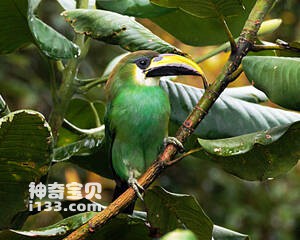
Aulacorhynchus prasinus
Aulacorhynchus prasinus,Emerald Toucanet
Aulacorhynchus prasinus, also known as Emerald Toucanet, has four subspecies···
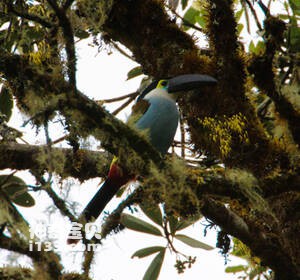
Andigena nigrirostris
Andigena nigrirostris,Black-billed Mountain Toucan
Andigena nigrirostris, Black-billed Mountain Toucan, has 3 subspecies.The bl···
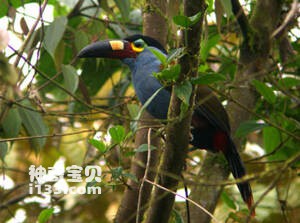
Andigena laminirostris
Andigena laminirostris,Plate-billed Mountain Toucan,Plain-billed mountain-toucan,Laminated mountain-toucan,Laminated hill-toucan
Andigena laminirostris, Foreign names Plate-billed Mountain Toucan, Plain-bi···
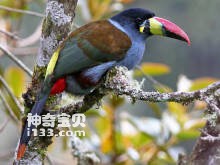
Andigena hypoglauca
Andigena hypoglauca,Grey-breasted Mountain Toucan
Andigena hypoglauca, Grey-breasted Mountain Toucan, with two subspecies, is ···
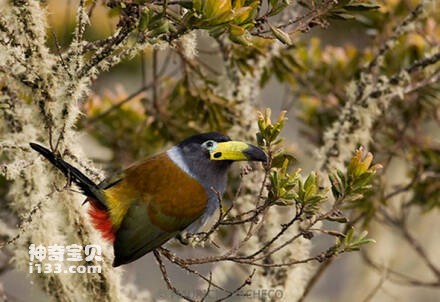
Andigena cucullata
Andigena cucullata,Hooded Mountain Toucan
Andigena cucullata, Hooded Mountain Toucan, is a medium-sized climbing bird.···
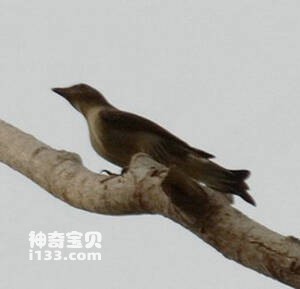
Melichneutes robustus
Melichneutes robustus,Lyre-tailed Honeyguide
The Honeyguide is known as Melichneutes robustus and Lyre-tailed honeyguide.···
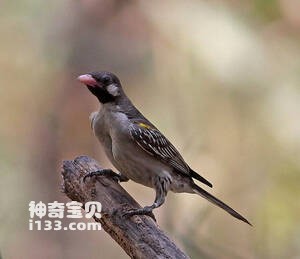
Indicator indicator
Indicator indicator,Greater Honeyguide
The black-throated Honeyguide Indicator indicator, Greater Honeyguide, is a ···
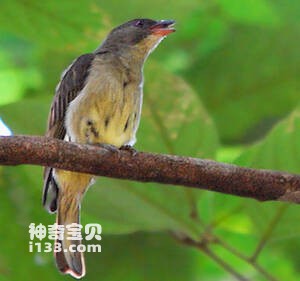
Indicator archipelagicus
Indicator archipelagicus,Malaysian Honeyguide
The Honeyguide is also known as Indicator archipelagicus and Malaysian Honey···
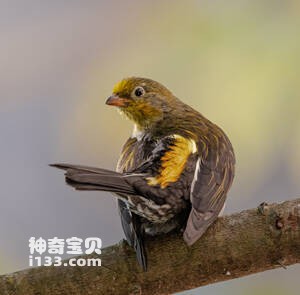
Indicator xanthonotus
Indicator xanthonotus,Yellow-rumped Honeyguide
The name Indicator xanthonotus, Yellow-rumped Honeyguide, has two subspecies···
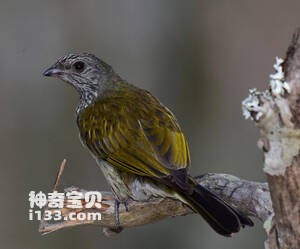
Indicator variegatus
Indicator variegatus,Scaly-throated Honeyguide
The Honeyguide is Indicator variegatus and Scaly-throated honeyguide. Its sp···
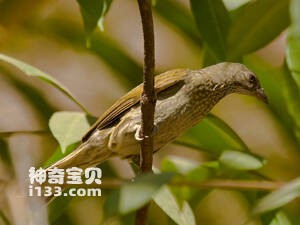
Indicator maculatus
Indicator maculatus,Spotted Honeyguide
The Honeyguide's scientific name is Indicator maculatus, and its foreign···
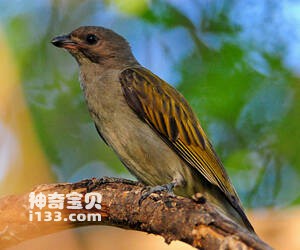
Indicator minor
Indicator minor,Lesser Honeyguide
The North African Honeyguide is an Indicator minor, Lesser Honeyguide in for···
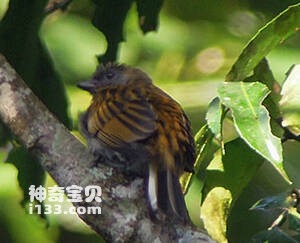
Indicator conirostris
Indicator conirostris,Thick-billed Honeyguide
Indicator conirostris (Thick-billed Honeyguide) is a variation of indicator ···
